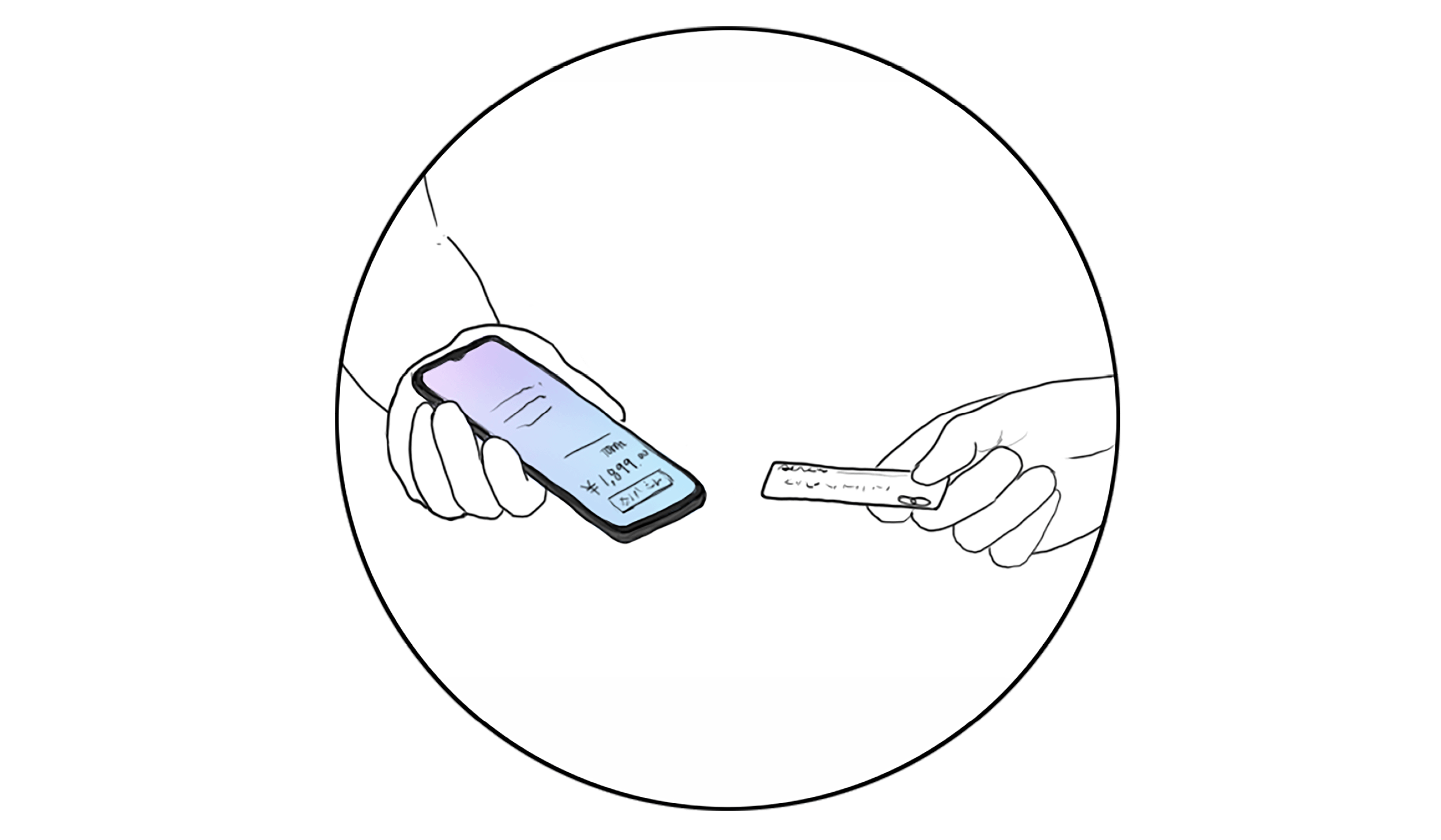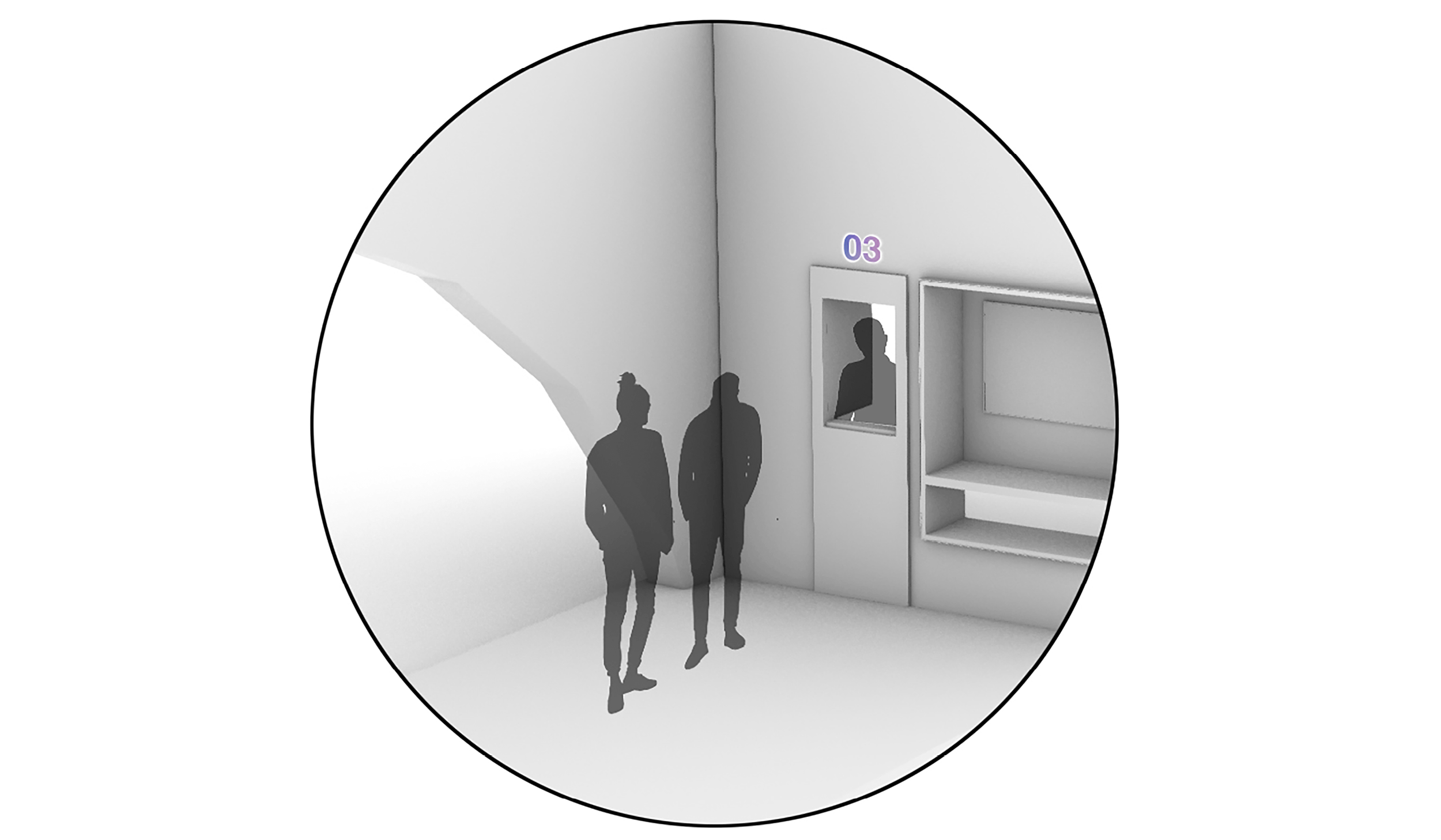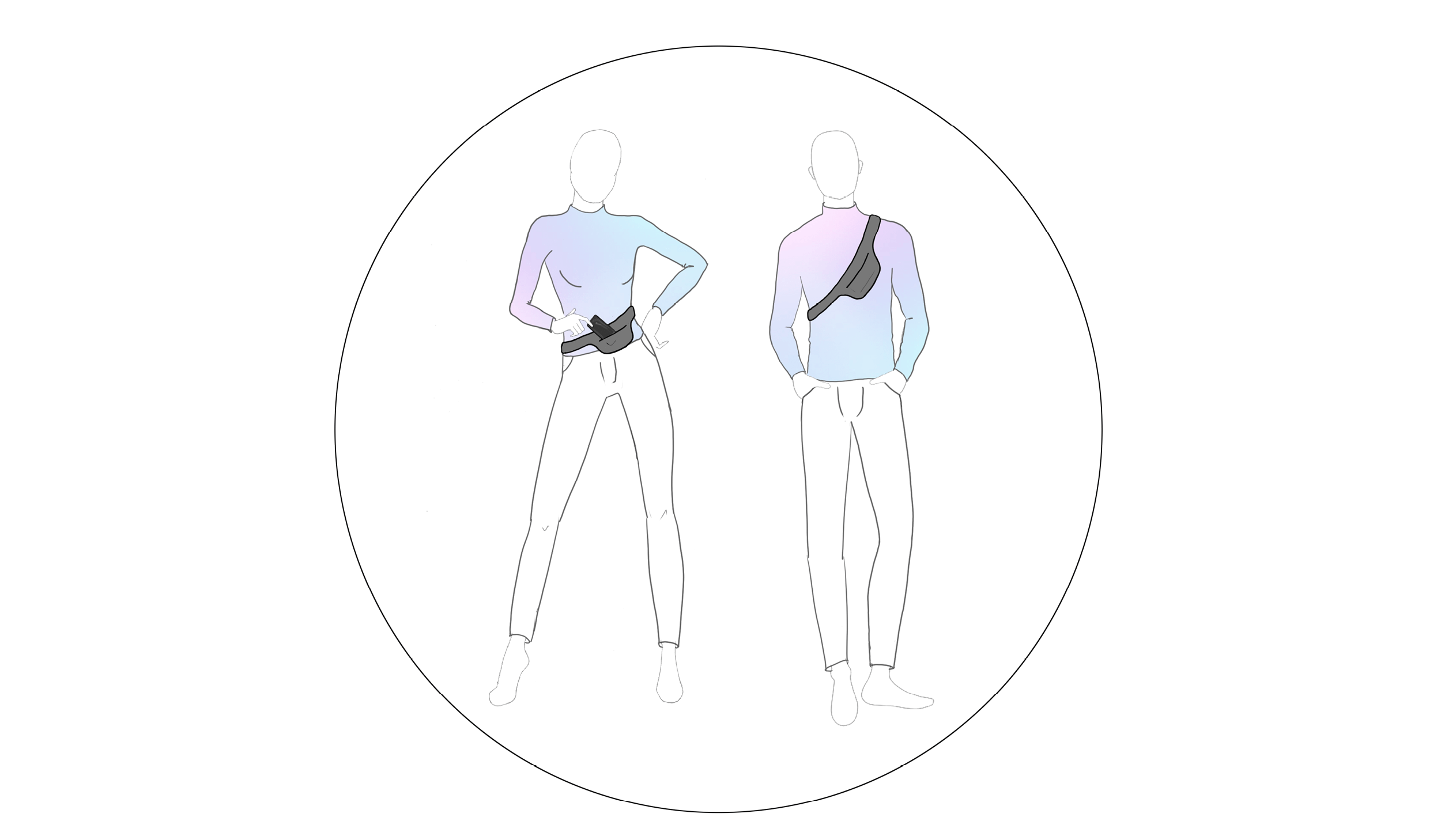In the 20th century following the Influenza Pandemic, the world experienced the Roaring 20’s with economies in overdrive through revitalized retail after forced distancing. During our current pandemic, we have seen many businesses shut their doors or slow their growth plans to rethink their operational strategies. Traditional bustling highstreets have been littered with “for lease” signs and brands are now in initial stages of opening up or negotiating for new retail space with a fresh lease. While many brands have remained strong or even grew in sales during this time, there are a significant number of brands that need to re-tell their story and re-invent the wheel of the traditional retail “kit of parts”.
With online consumer patterns altering the brick & mortar world, what exactly is different? How do brands ensure that they’re meeting a baseline for what consumers are expecting in their physical environments? Here are the top five non-negotiables we expect to see in brick & mortar stores going forward.
1. Re-thinking the Point-of-Sale

Traditionally, most retail stores are anchored by a cash desk that acts as a focal point of the store, cleverly positioned to drive customers through the store to the checkout and leave with product in hand. The traditional cash desk can also create a bottleneck area during the busy seasonal holidays, with returns and exchanges piling up on a backwrap creating a cluttered store look. I myself have been a victim of the snaking cash path, scattered with accessories that I may or may not need, stopping to examine an item and holding up the line.
Creating a direct, mobile POS system with an employee creates more ease of transaction. It is that same ease of direct payment we enjoy when we shop online: simply type in your personal information and click. Paying via a one-on-one approach with someone who was already guiding you through your purchase on the sales floor is a lot more memorable and creates connection as opposed to the traditional approach of waiting in a lineup for the cashier. This strategy ensures that brick & mortar feels just as easy as shopping online, but with the human social aspect that many of us have missed since March of 2020.
2. The Gift of Curbside Pickup

Curbside pickup can evolve into a catered experience where a purchase will be sent to a special pickup station in store. Individuals can feel excitement and recognition just from having their name or number called out. Choosing a personalized level of packaging and customization can feel like a treat to ourselves, like ordering a coffee tailored with just the right amount of milk and sugar to our taste. We’ve become accustomed to the ease of curbside pickup during the pandemic and this has created an entire experience around receiving goods, building customer loyalty and brand recognition. Shoppers and employees will all have varying levels of comfort for their health and safety over the coming months, and a pickup experience will create continuity for those who want to have their transactions remain physically distanced and contactless.
3. Conscious Consumerism

The public is not as informed as they should be about the level of carbon emissions created by brands based on store return policies and construction processes. Brands need to embrace sustainability, not just as a buzzword or an obligation, but as an asset to be leveraged. Adopting sustainable packaging is the first step, and successful and respected brands like Everlane take this a step further to tell the story behind their product operations, creating transparency and a level of trust with their consumer base. If we want to engage and push sustainable change forward, brands need to innovate their return policies and shipping procedures in order to reduce the number of unnecessary returns. The brand and their client base can be equally accountable. Stores with direct outdoor connection and building control can make use of alternative energy generation solutions such as roof-mounted solar panel systems and can also make changes during interior construction to ensure that millwork and fixtures are upcycled in moves and renovations. Even the leasing terms of a retail store can play a helpful role: ensuring that brands sign onto longer leases reduces moves from location to location, thereby reducing the volume of construction waste generated.
4. Experiential Retail 2.0

Creating interactive environments is here to stay. These environments will become more immersive and incorporated into store zones in more ways. The interactive screens, millwork shelving, digital touch board countertops and movement-provoking and wayfinding floor projections will become more pervasive. Craving outside stimulation after 18 months stuck at home, consumers will be longing for new and fresh experiential moments to share on their social media platforms. We have now become comfortable with QR code menus at restaurants, and this is an opportunity to drive deeper immersive behaviour into shopping experiences. Brands that want to excel in immersive experiences will curate their brand story through augmented reality and virtual reality to connect with individuals’ app-enabled phones to drive a personalized product experience while in the physical store.
5. Breaking Down Gender Stereotypes

During the roaring 20’s women embraced a new androgyny, ditching corsets and shortening hemlines, energetically breaking barriers of stereotypical gender norms. Changes in shopping patterns have come quickly during the pandemic as have many brands who are now embracing a more gender fluid aesthetic. It has always seemed to me when entering a unisex apparel store that there are still gender-specific divisions with “a men’s section” and “a women's section”. Yet these stores don’t necessarily separate their fitting rooms by gender, nor should they be continuing to create a statement on what gender norms should be in 2021. It is likely that any large brand that stands for diversity and inclusion will do away with organizing apparel by gender labels and will create merchandising areas based simply on fit and apparel type. Much like a “one size fits all” model, progressive brands will start introducing a “one style fits all” approach.
In conclusion...
Brands will need to integrate these five points going forward if they want to be a part of the next successful generation of brick & mortar stores. A silver lining of the Covid-19 pandemic is that it has acted as a catalyst for rapid changes, some long overdue. As a society, together we can break traditional gender barriers and will continue to do so as brands create inclusive safe spaces. With an increased volume of online sales, addressing social issues such as carbon emissions and sustainable development should now be at the forefront of a brand’s identity and operations. Will in-person shopping without customized, flexible, experiential options feel outdated now that we have learned to live without the previous iteration? As retail continues to be one of the largest markets experiencing fluctuation, we look forward to seeing where a roaring 2022 will take us.
Marcella Au is a BDP Quadrangle Associate and a leader on our dedicated Retail Team